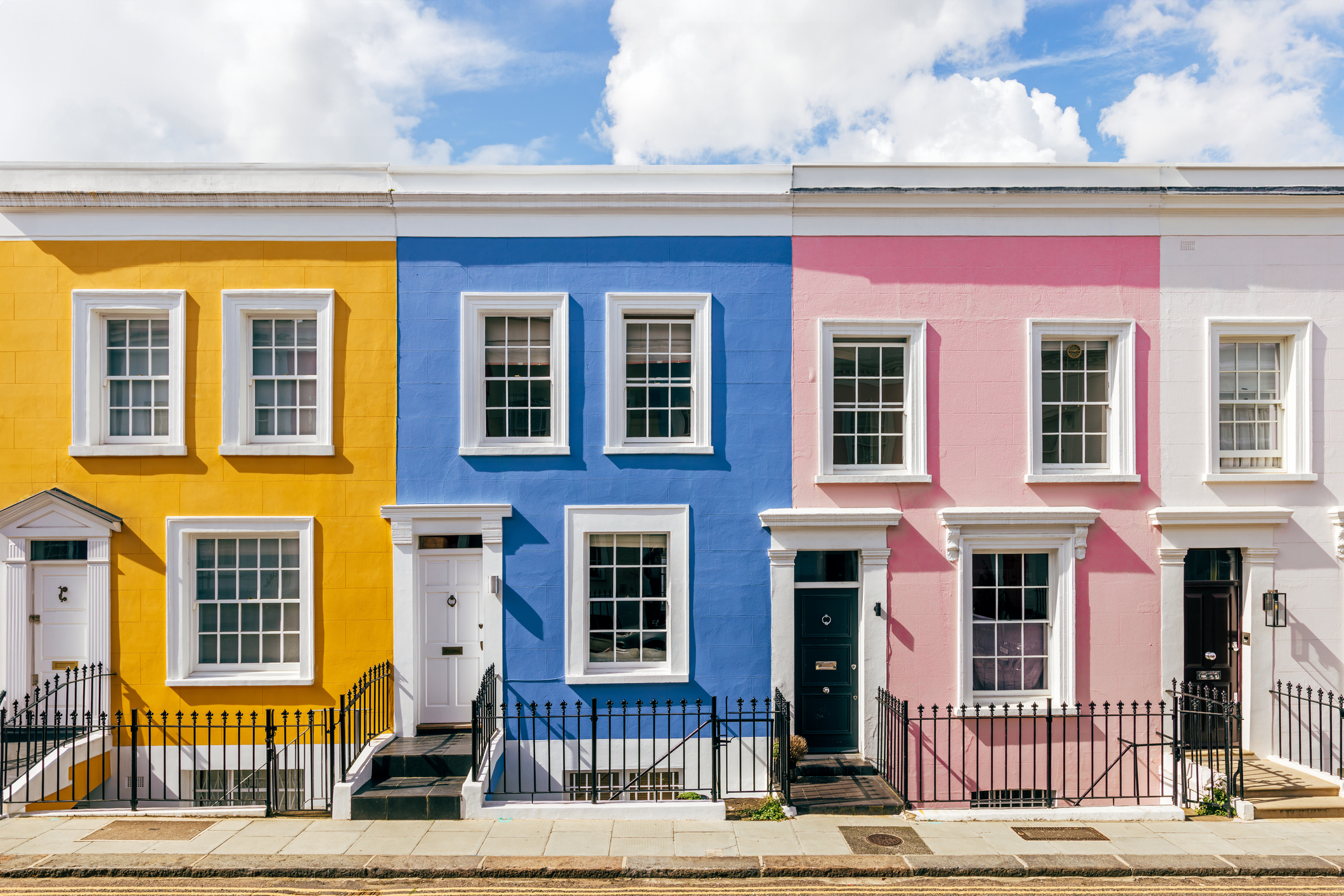What adds value to buy-to-let properties? Four home improvement ideas
Renovations to your property could boost its value. We look at how much improvements could boost your buy-to-let by.


Making certain renovations to your buy-to-let (BTL) property could potentially boost its value by tens of thousands of pounds.
Nearly nine in ten (88%) landlords have undertaken renovations on at least one of their rental properties in the past five years, according to a survey of 1,000 landlords.
Adding an extension or loft conversion to your property could up its value by 24%, according to analysis by The Mortgage Works, part of Nationwide Building Society, who commissioned the survey.
MoneyWeek
Subscribe to MoneyWeek today and get your first six magazine issues absolutely FREE

Sign up to Money Morning
Don't miss the latest investment and personal finances news, market analysis, plus money-saving tips with our free twice-daily newsletter
Don't miss the latest investment and personal finances news, market analysis, plus money-saving tips with our free twice-daily newsletter
On the average English or Welsh home worth £272,995, according to the Land Registry, this would add £65,518 to the asking price.
An extra bedroom can bump up the asking price of a BTL by 13%, while an extra bathroom and 10% increase in floor area may add 8% and 3%, respectively.
Adding a second bathroom on a BTL can add twice as much value to a home than an owner occupier property (4%).
Andrew Harvey, senior economist at Nationwide, said: “Location remains key to house values, but other factors, such as the number of bedrooms and bathrooms, are also important to landlords.
“Improvements that increase the size of the property, such as an extension or loft conversion, can add value and boost rental income.”
Across the 1,000 landlords, the average total spend on renovation work per landlord was £88,000.
The research also found these same four renovations can significantly impact rental income for landlords.
Adding an extension or loft conversion can boost it by 26%, while creating more space to add a double bedroom can add 12%. A BTL property with a second bathroom attracts a 6% rental rise.
Increasing the energy efficiency of a property could cut bills for your tenants and increase the home’s value too, the research found.
Harvey explained: “A more energy efficient BTL property (rated A or B) attracts a significant premium of 10.9% compared to a similar property rated ‘D’.”
Solar panels top list of most popular green improvements
Of the 1,000 landlords surveyed, 18% had green improvements made to their home. Of these, 37% had solar panels installed and 33% had pipe or boiler insulation put in. Nearly a third (32%) had electric car charging installed.
Harvey said it was “likely” some of these improvements were made so landlords could meet minimum energy efficiency standards (MEES). These require rental properties to have a minimum energy efficiency rating of E in order to be let out.
The number of households with solar panels installed is on the rise, with nearly 1.5 million dwellings in England now having them, according to Nationwide. This equates to around 6% of all English homes, and is up from 3% in 2013.
Electric vehicle (EV) charging is also becoming more widespread, with 1.8 million homes now having a charging point – 7% of all housing stock in England.
What is BTL and how does it work?
Buy-to-let (BTL) is when you buy a property with the intention of renting it out as a source of income. If house prices rise, you can also profit from any capital gains.
Unless you can afford to pay for a house up front, you will have to take out a buy-to-let mortgage. These are like residential mortgages, but with some differences:
The amount you can borrow on a BTL mortgage is based on how much rent the property can generate versus the cost of the mortgage
BTL mortgages sometimes require you to have a minimum salary so you can cover any shortfall in rent, such as during periods when there are no tenants in the property
Lenders class BTL mortgages as riskier than residential mortgages, meaning the interest rates are generally higher
The minimum deposit amount required to buy a property to let is typically 20-25%
As with any financial decision, buying a property with the specific intention of letting it out should only be done if it’s fiscally responsible. That means you need to consider the “rental yield”. Anything north of 5% is classed as a good rental yield.
The rental yield is the return you get on the property and can be worked out by dividing the annual rental income by the purchase price, then multiplying this number by 100.
For example, annual rent of £10,000 divided by a property you bought for £200,000, multiplied by 100, gives you a gross yield of 5%.
If you’re not sure how much rent to charge, you can speak to a letting agent. There are also free-to-use calculators which guide you on how much rent you should charge based on your property type, location and demand, like Homeowners Alliance’s.
We look at the best areas for buy-to-let landlords in a separate guide.
Get the latest financial news, insights and expert analysis from our award-winning MoneyWeek team, to help you understand what really matters when it comes to your finances.

Sam has a background in personal finance writing, having spent more than three years working on the money desk at The Sun.
He has a particular interest and experience covering the housing market, savings and policy.
Sam believes in making personal finance subjects accessible to all, so people can make better decisions with their money.
He studied Hispanic Studies at the University of Nottingham, graduating in 2015.
Outside of work, Sam enjoys reading, cooking, travelling and taking part in the occasional park run!
-
 Top 10 locations for buyers and renters revealed
Top 10 locations for buyers and renters revealedLondon is crowned as the most popular location for renters and buyers, despite rising costs. But where else are house hunters heading to?
-
 Making financial gifts to loved ones? Write it down or risk giving an IHT bill too
Making financial gifts to loved ones? Write it down or risk giving an IHT bill tooGiving gifts can be a way to pass on wealth and reduce the inheritance tax bill on your estate but do it wrong and you could leave family and friends more than they bargained for.